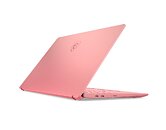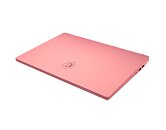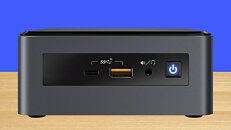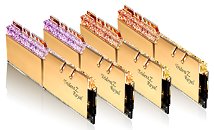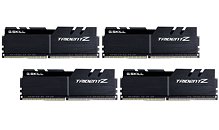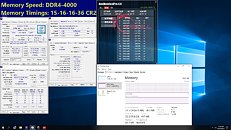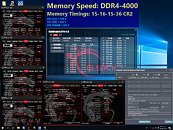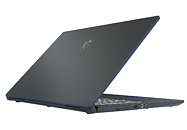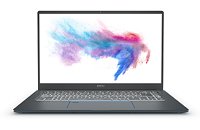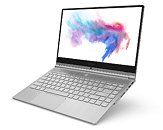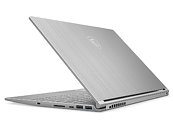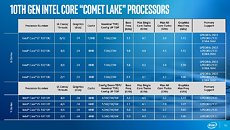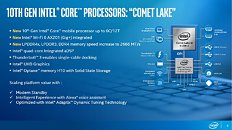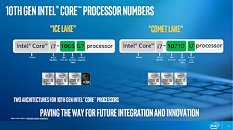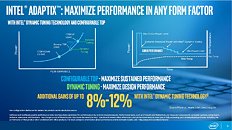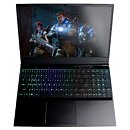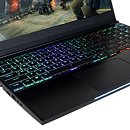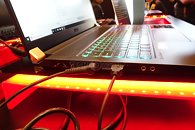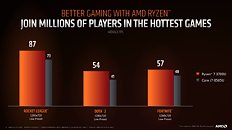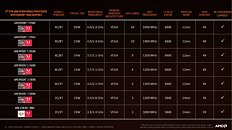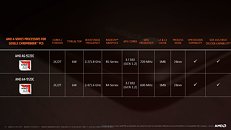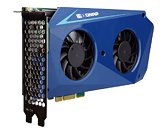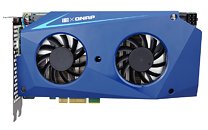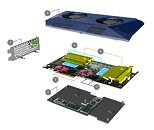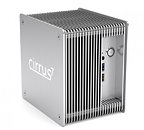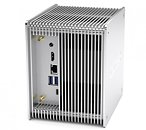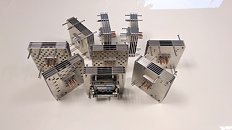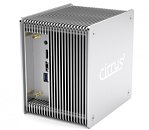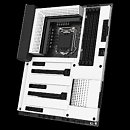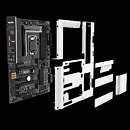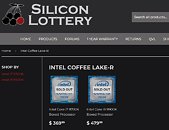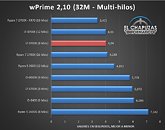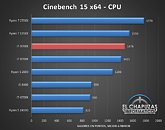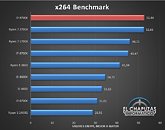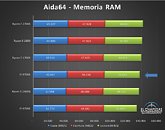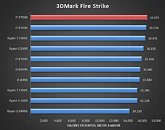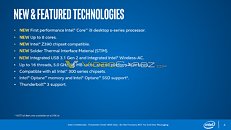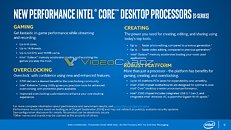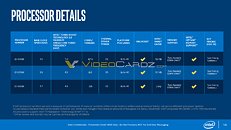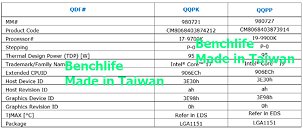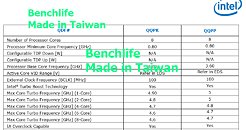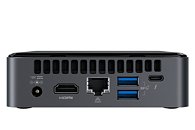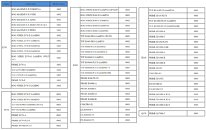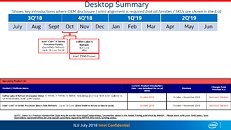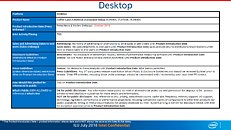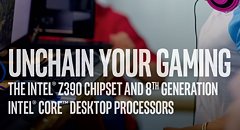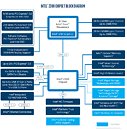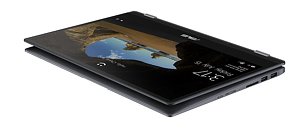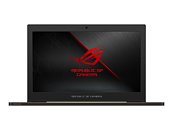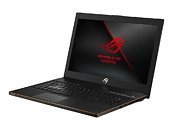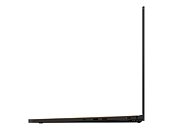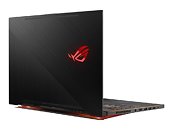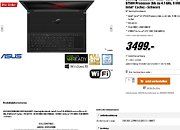
MSI's Rose Pink Prestige 14 Laptop Packs Some Serious Horsepower
MSI got bored of old dark/gray/white laptop designs and decided to spice things up a bit. Say goodbye to the old boring laptops and enter the MSI Prestige 14 Limited Edition Rose Pink laptop. Designed as a premium-looking machine, it has decent specifications to back up the good looks. Equipped with a 14-inch IPS display comes in two variants, a 1080p version, and 4K edition, and it has 100% coverage of the AdobeRGB spectrum. With such specifications, we know that it is targeting the professional content creators.
Under the hood, there is Intel's 10th generation Core i7-10710U "Comet Lake" processor paired with 16 GB of LPDDR3 2133 MHz RAM running in single-channel mode. For graphics, NVIDIA's GTX 1650 Max-Q GPU is on board with 4 GB of GDDR6 memory. Storage is limited to 512 gigabytes of PCIe 3.0 NVMe SSD space, as there is no room for expansion. Connectivity options include Bluetooth 5 and Wi-Fi 6 powered by Intel Wi-Fi 6 AX201 wireless adapter. When it comes to the IO, the Prestige 14 laptop is rocking two USB 2.0 adapter along with two Thunderbolt 3 ports, one 3.5 mm headphone jack, and one Micro-SD card reader. There is also a 3-cell 50 Whr battery powering the system. Price-wise, this laptop is retailing for around $1399 on stores like Amazon and Newegg.
Under the hood, there is Intel's 10th generation Core i7-10710U "Comet Lake" processor paired with 16 GB of LPDDR3 2133 MHz RAM running in single-channel mode. For graphics, NVIDIA's GTX 1650 Max-Q GPU is on board with 4 GB of GDDR6 memory. Storage is limited to 512 gigabytes of PCIe 3.0 NVMe SSD space, as there is no room for expansion. Connectivity options include Bluetooth 5 and Wi-Fi 6 powered by Intel Wi-Fi 6 AX201 wireless adapter. When it comes to the IO, the Prestige 14 laptop is rocking two USB 2.0 adapter along with two Thunderbolt 3 ports, one 3.5 mm headphone jack, and one Micro-SD card reader. There is also a 3-cell 50 Whr battery powering the system. Price-wise, this laptop is retailing for around $1399 on stores like Amazon and Newegg.
